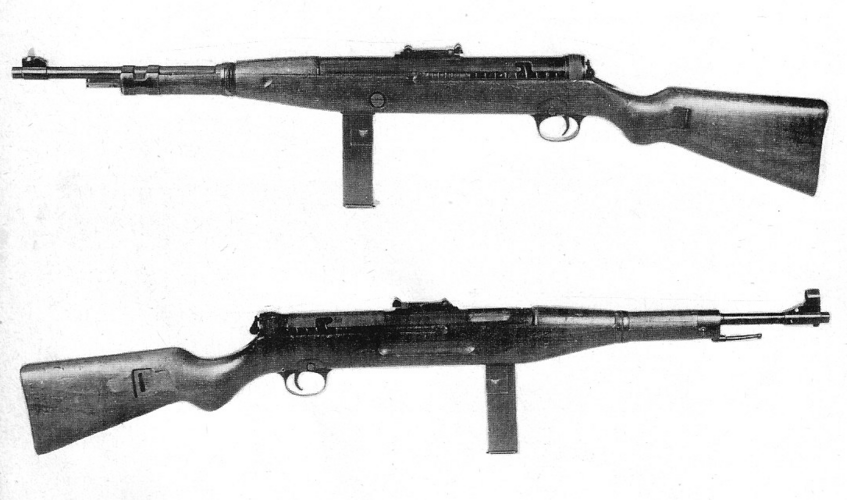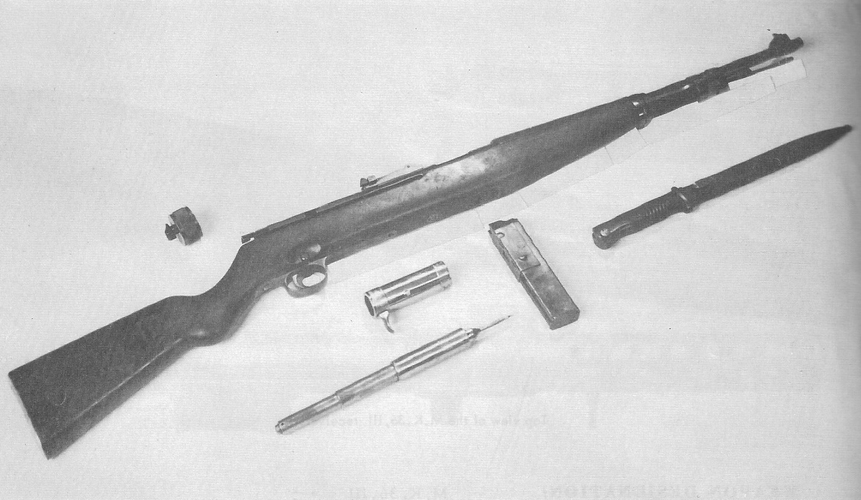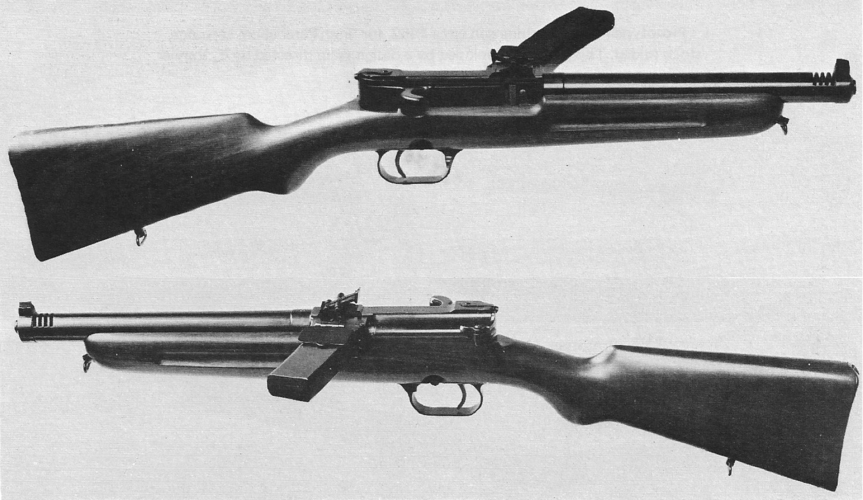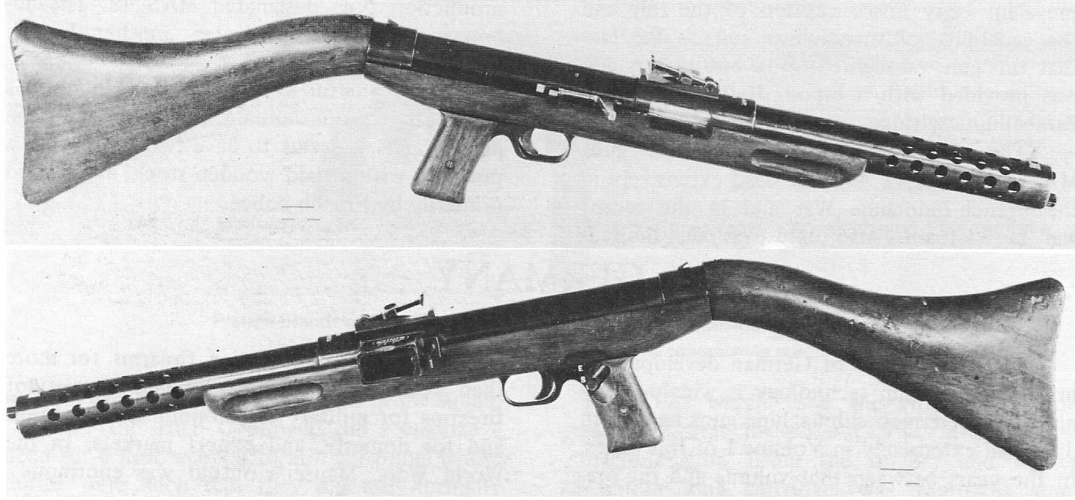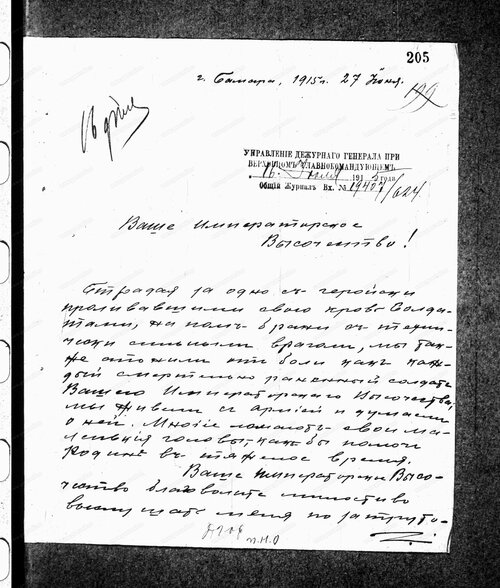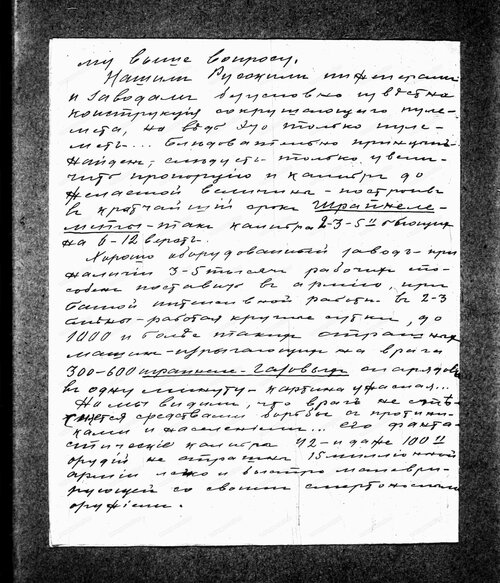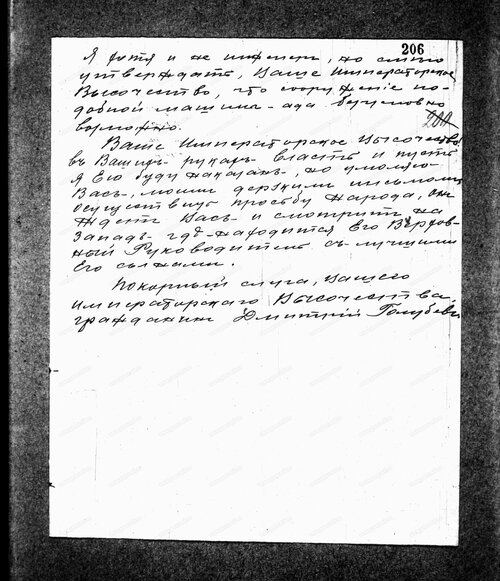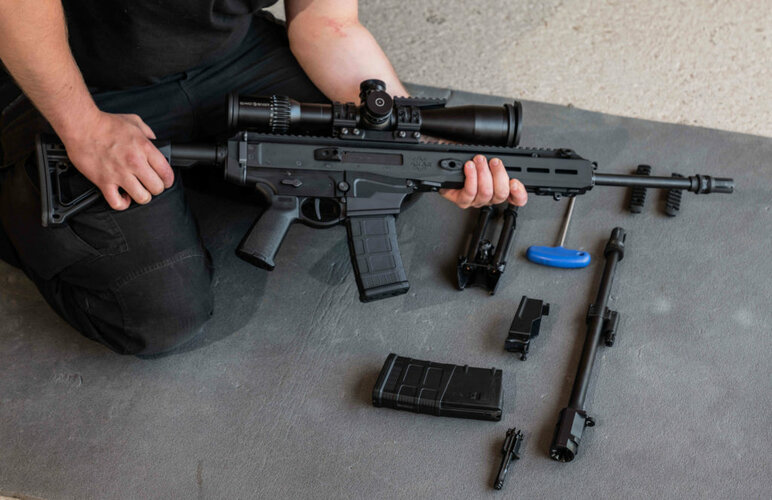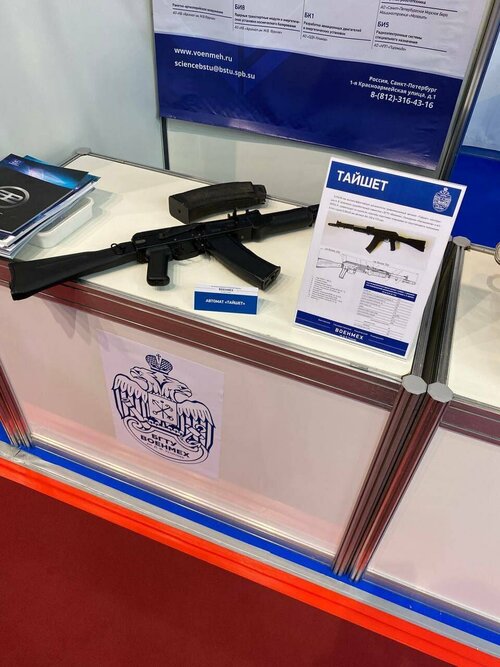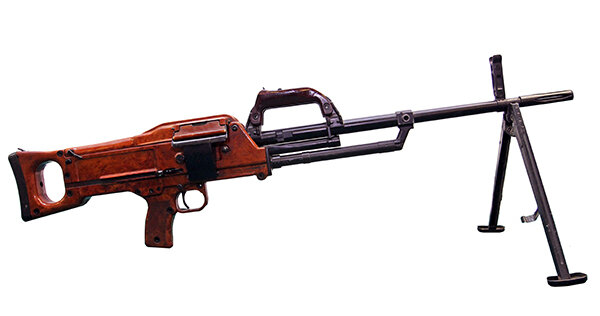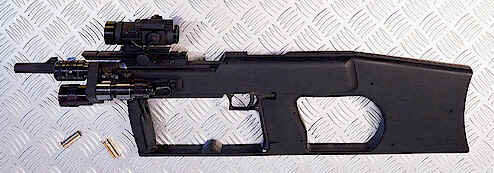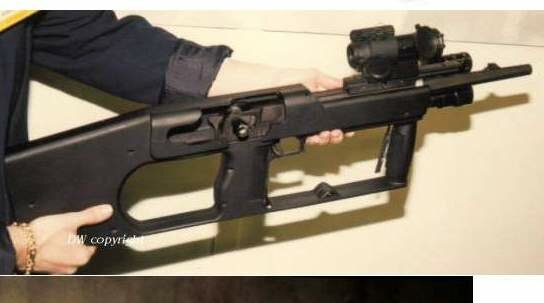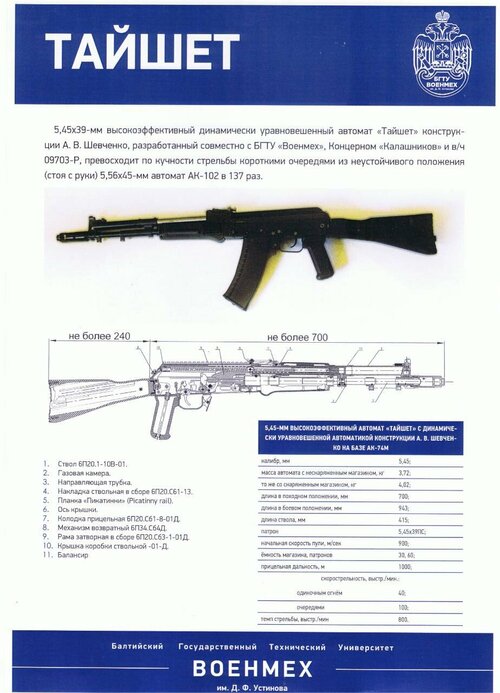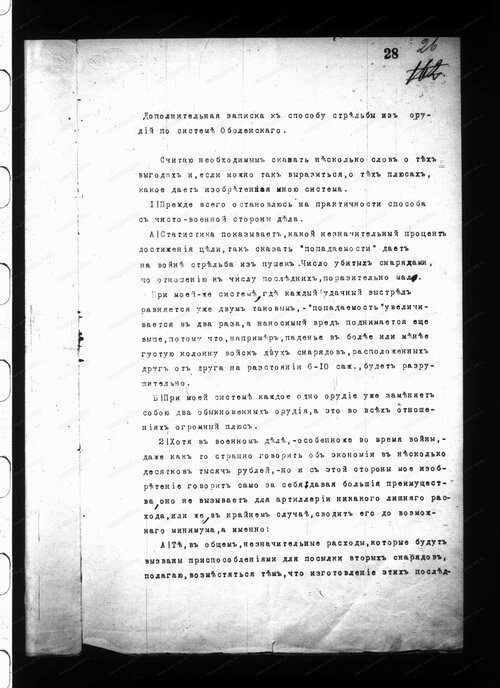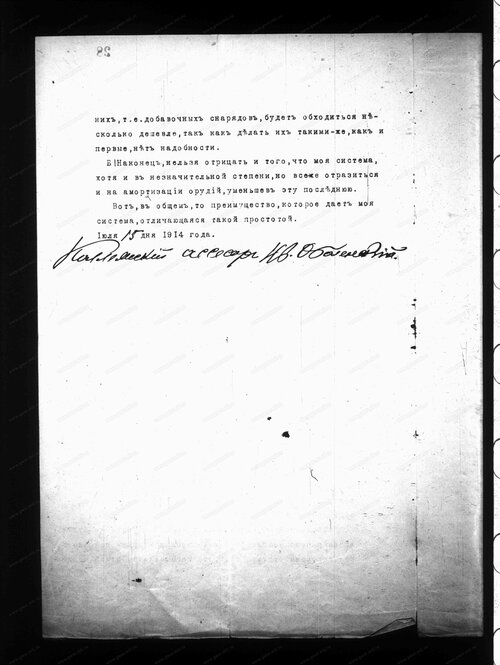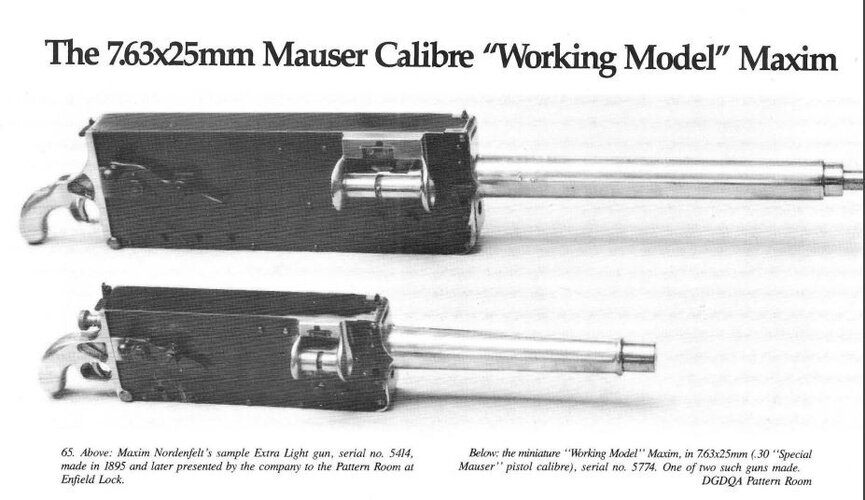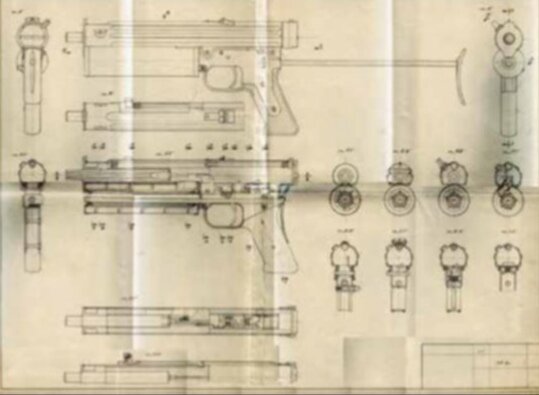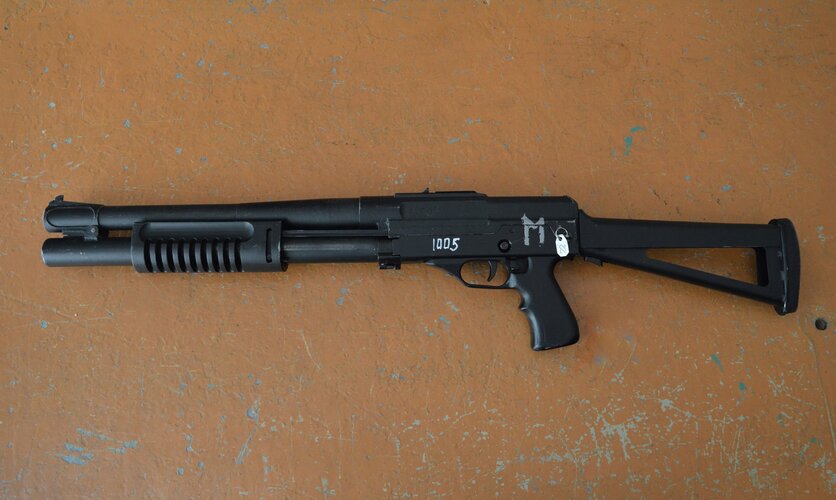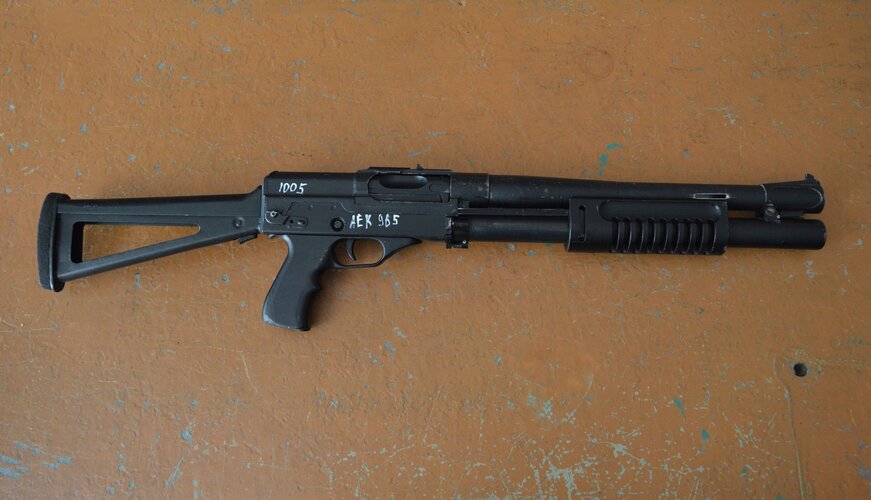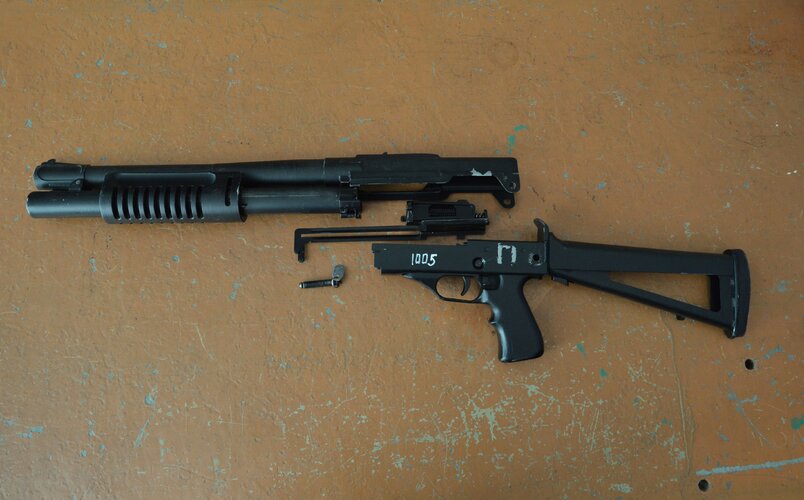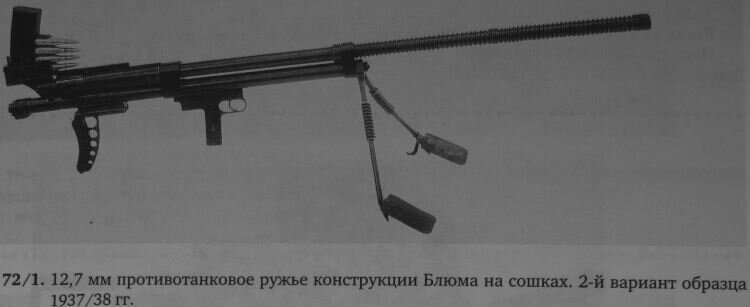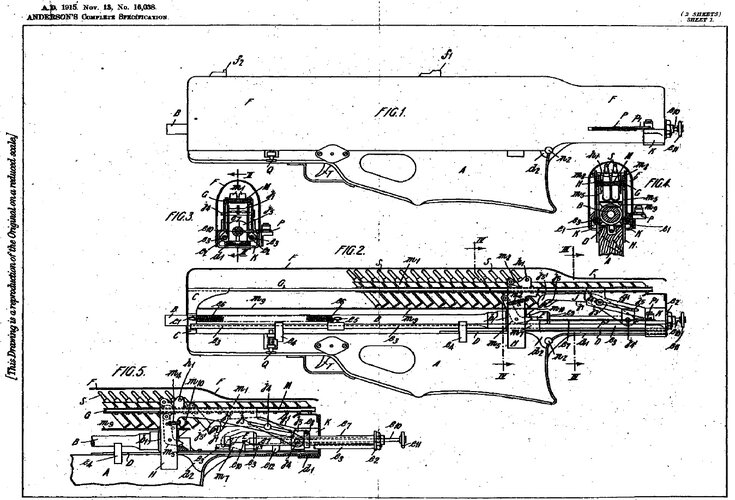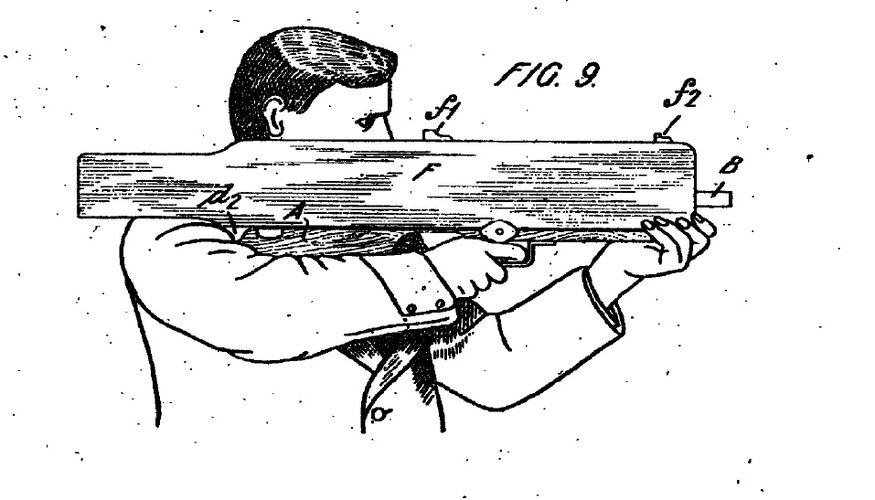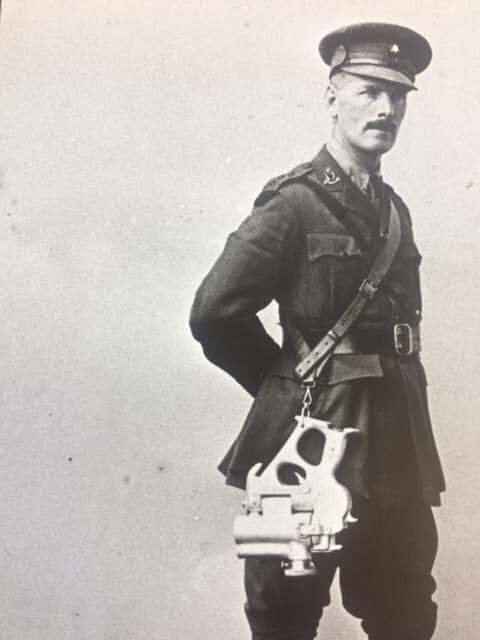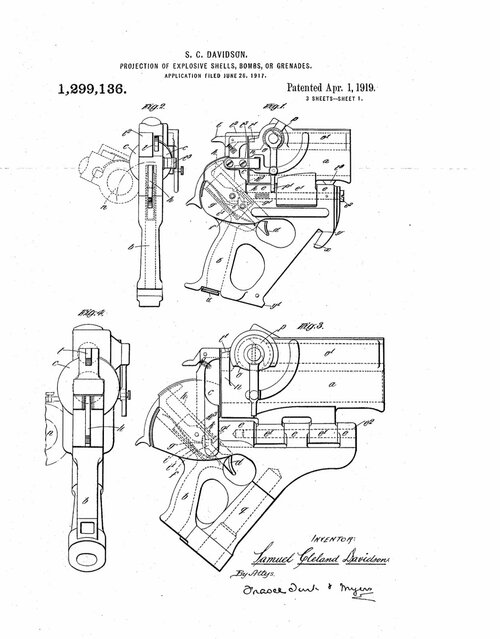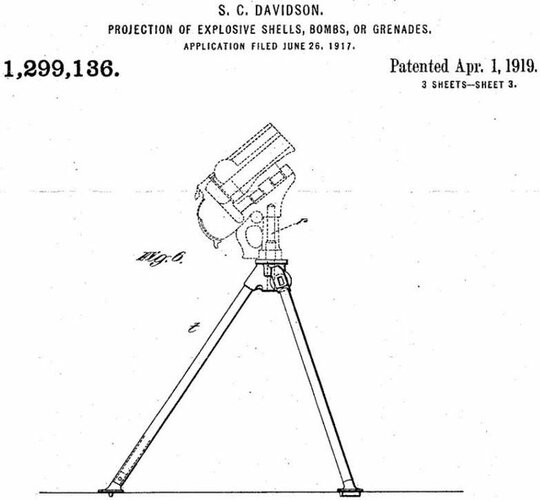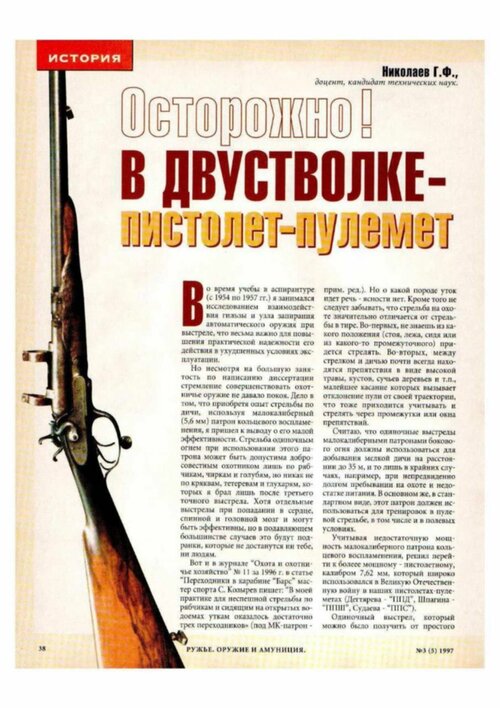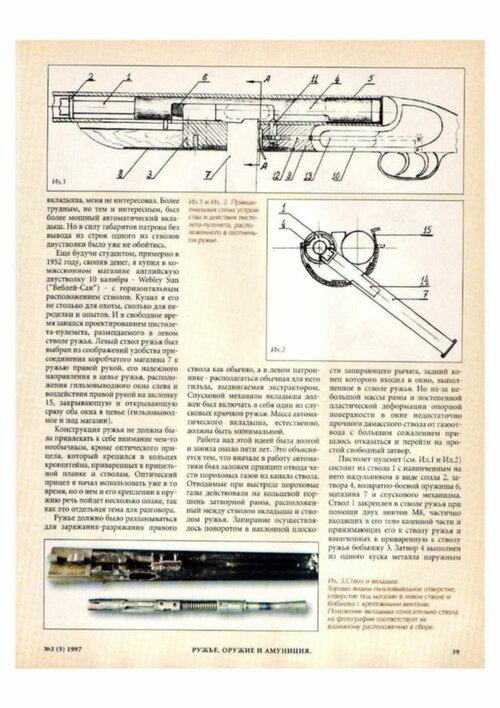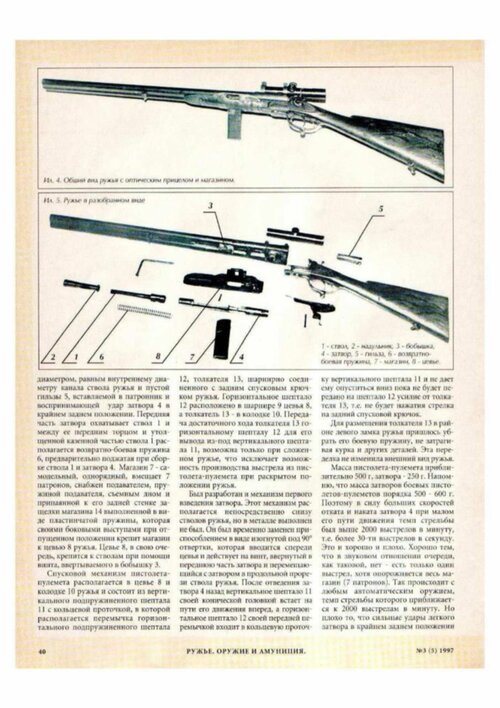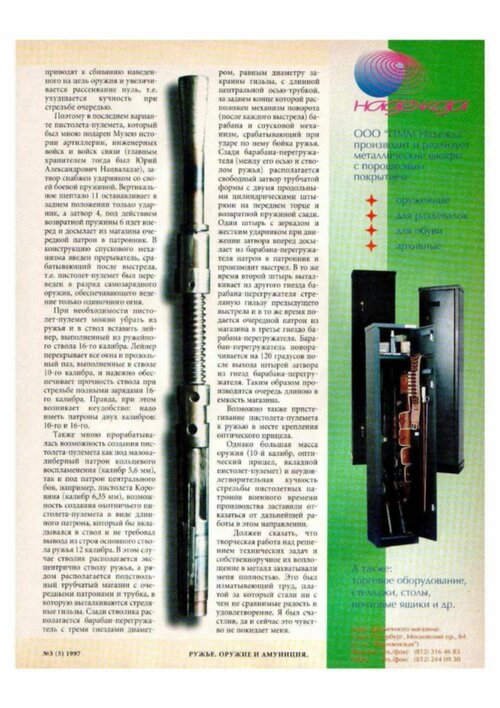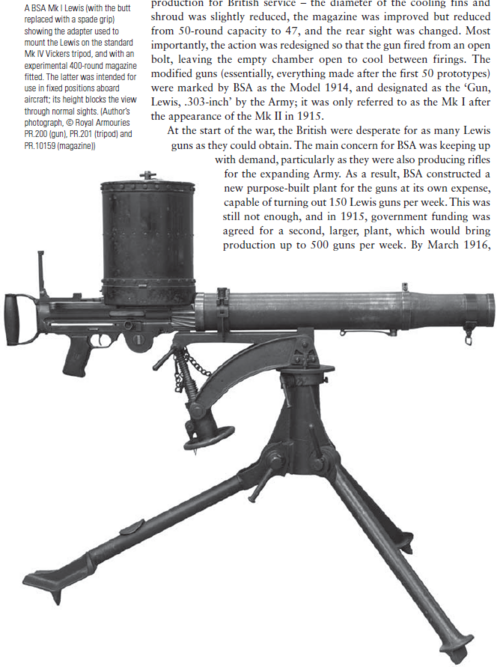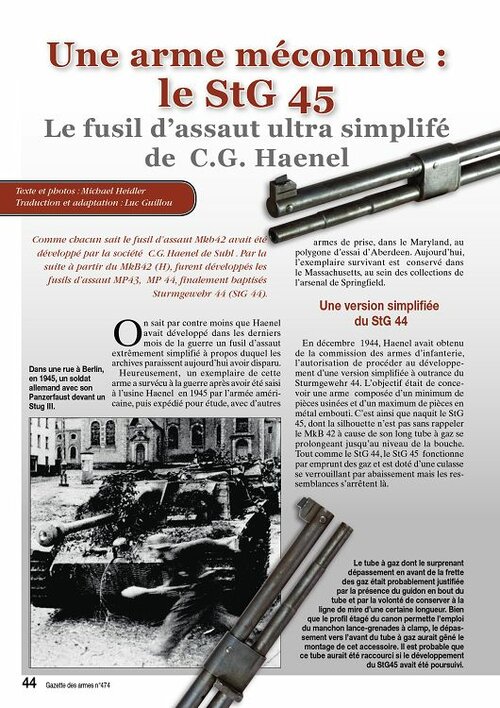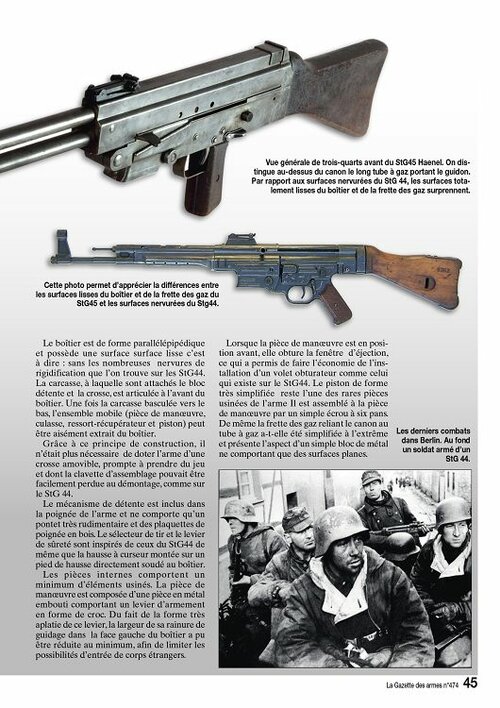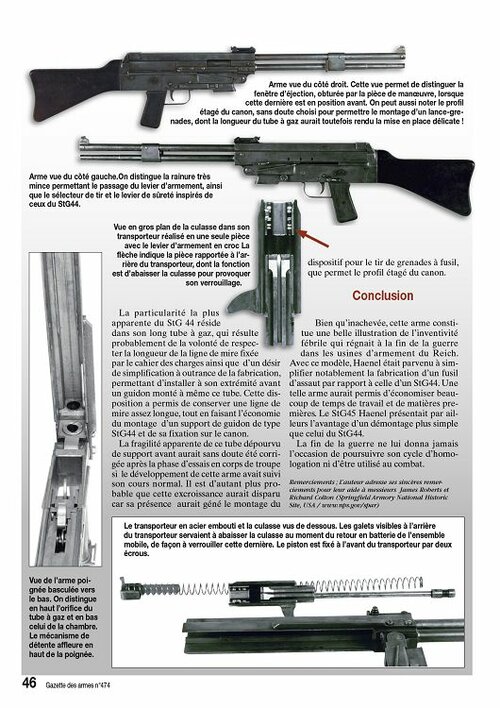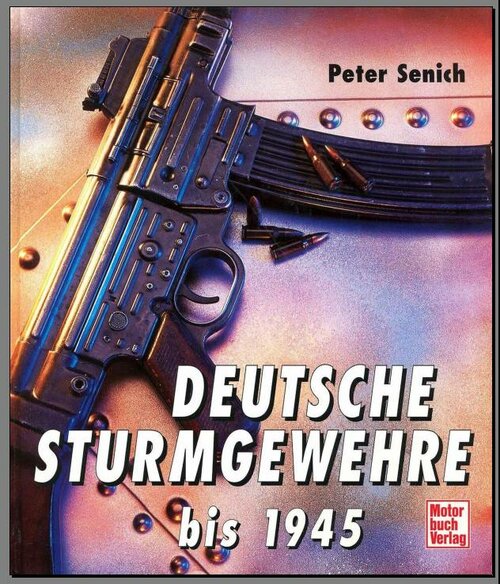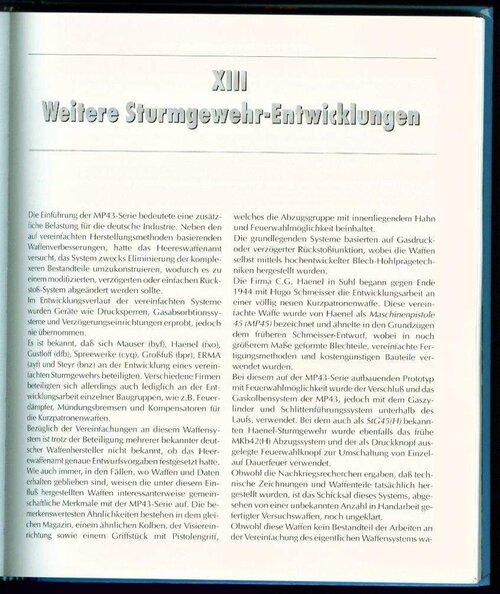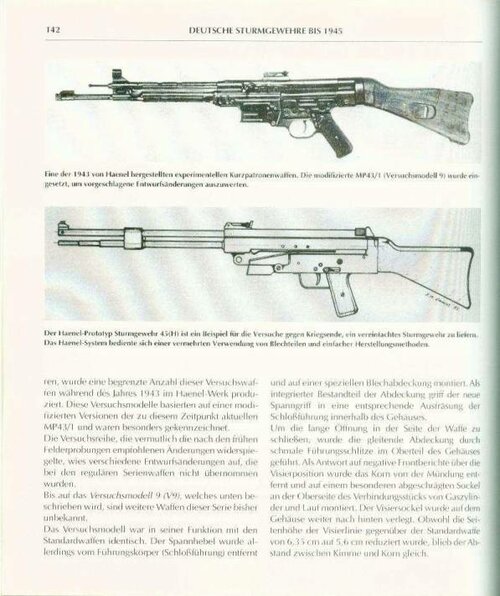A little-known weapon: The ultra-simplified assault rifle by C. G. Haenel G. Haenel Text and photos: Michael Heidler Translation and adaptation: Luc Guillou 44 Gazette des armes n°474 the StG 45 As everyone knows, the Mkb42 assault rifle was developed by the C.G. Haenel company in Suhl. Thereafter from the MkB42 (H), were developed the assault rifles MP43, MP 44, finally called Sturmgewehr 44 (StG 44). In a street in Berlin, in 1945, a German soldier with his Panzerfaust in front of a Stug III. Less well known is the fact that Haenel had developed an extremely simplified assault rifle in the last months of the war, for which the archives seem to have disappeared today. Fortunately, one example of this weapon survived the war after being seized from the Haenel factory in 1945 by the American army, and then sent for study, along with other assault weapons, to the Aberdeen test range in Maryland. Today, the surviving example is kept in Massachusetts, in the collections of the Springfield Arsenal. A simplified version of the StG 44 In December 1944, Haenel had obtained permission from the Infantry Weapons Commission to proceed with the development of an overly simplified version of the Sturmgewehr 44. The objective was to design a weapon with a minimum of machined parts and a maximum of pressed metal parts. This is how the StG 45 was born, whose silhouette is reminiscent of the MkB 42 because of its long gas tube extending to the muzzle. Like the StG 44, the StG 45 operates by borrowing gas and is equipped with a breech that locks by lowering, but the similarities end there. The gas tube whose surprising overhang in front of the gas fret was probably justified by the presence of the front sight at the end of the tube and by the will to preserve the line of sight of a certain length. Although the stepped profile of the barrel allows the use of the clamp grenade launcher sleeve, the forward projection of the gas tube would have hindered the assembly of this accessory. It is probable that this tube would have been shortened if the development of the StG45 had been continued. This photograph makes it possible to appreciate the difference between the smooth surfaces of the case and the gas shrinkage of StG45 and the ribbed surfaces of Stg44. The case is of parallelepiped shape and has a smooth surface i.e. without the many ribs of rigidification which one finds on StG44. The frame, to which are attached the trigger block and the stock, is articulated at the front of the case. Once the frame is tilted down, the mobile assembly (trigger, breech, recuperator spring and piston) can be easily removed from the case. Thanks to this principle of construction, it was not necessary any more to equip the weapon with a removable stick, prompt to take of the play and whose key of assembly could be easily lost with disassembling, like on the StG 44. The trigger mechanism is included in the handle of the weapon and has only a very rudimentary trigger guard and wooden grip plates. The firing selector and safety lever are inspired by those of the StG44 as well as the slider sight mounted on a sight foot directly welded to the case. The internal parts have a minimum of machined elements. The operating part is composed of a stamped metal part with a hook-shaped cocking lever. Because of the very flattened shape of this lever, the width of its guide groove in the left face of the case could be reduced to the minimum, in order to limit the possibilities of entry of foreign bodies. General front three-quarter view of the StG45 Haenel. The long gas tube carrying the front sight can be seen above the barrel. Compared to the ribbed surfaces of the StG 44, the completely smooth surfaces of the housing and the gas tube are surprising. When the operating piece is in front position, it closes the ejection window, which made it possible to save the installation of a shutter like the one which exists on the StG44. The piston of very simplified shape remains one of the rare machined parts of the weapon. It is assembled to the operating part by a simple hexagon nut. Similarly, the gas ring connecting the barrel to the gas tube has been simplified to the extreme and presents the aspect of a simple metal block with only flat surfaces. The last fighting in Berlin. In the background a soldier armed with a StG 44. (La Gazette des armes n°474)


